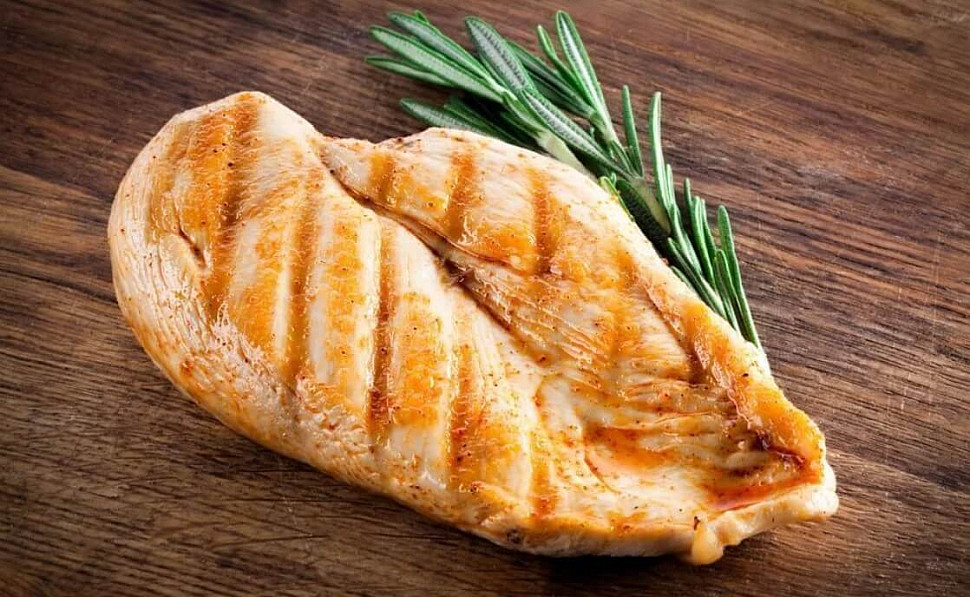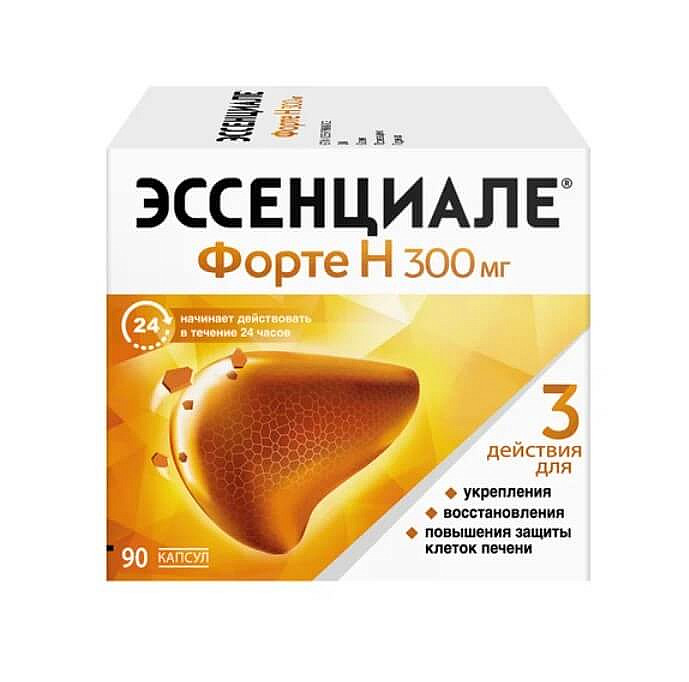Diet for liver diseases: what is possible and what is not

Diet for liver diseases: what is possible and what is not
The liver is one of the most important organs of the human body, which, like any other, is susceptible to various diseases. But the remarkable thing about the liver is its ability to recover by producing new cells. This process is facilitated not only by drug treatment. Following specially developed nutritional guidelines is the most important element of successful organ regeneration. What is the diet table 5: what can be, what can not? How to cook and eat properly for liver diseases?
Functions of the Liver and its Diseases
The health of the liver is reflected safely on the work of the whole body. By producing bile, the liver aids normal digestion. By disinfecting and removing toxins, foreign compounds and pathogenic microbes, it detoxifies the body. Significant role in the metabolism of proteins, fats, glucose, cholesterol, hormones. The liver stores blood, iron, glucose, and some vitamins to provide the body’s needs for energy, immune protection, hematopoiesis, and replacement of blood for blood loss.
Chronic liver diseases disturb the normal functioning of the liver and harm the processes of life throughout the body. Suffer cardiovascular system, digestion, sexual sphere. Weight and vision problems may occur. A diseased liver increases the risk of diabetes, thyroid disorders, and nervous diseases.
The number of patients suffering from various liver diseases is high in industrialized countries. The number of registered hepatitis of viral origin is increasing from year to year, some of which tend to become chronic, especially when treatment is inadequate and people do not follow the doctor's recommendations. In Western countries, the diagnosis of nonalcoholic fatty liver disease (NAFLD or NAFLD), which is usually associated with obesity, is increasing. Prevalence among the global population averages 20% (up to 30% in high-income countries).
Modern medicine has in its arsenal a wide range of possibilities for drug therapy of liver diseases. However, adherence to a certain lifestyle and diet is key to successful treatment and rehabilitation.
Basic principles of nutrition for liver pathologies
Back in ancient times, experts have developed the principles of therapeutic nutrition for various diseases. They are still successfully used in medical practice. Special diets restore the disturbed functions of the affected organs or systems naturally. Diet (table) No. 5 is recommended for patients with liver or gallbladder disorders. The choice of food, cooking and eating regime help to establish the normal functioning of the hepatobiliary system, to cope with the consequences of inflammation, to preserve the health of the organ.

Special therapeutic nutrition is based on the following principles:
Nutrition should be sufficient in calories, diverse, full.
Rough, digestive-heavy foods as well as acidic, spicy, or spicy foods to provide mechanical and chemical flattening of the liver should be excluded.
The proportion of foods rich in vitamins A, C, and B that are involved in liver cell regeneration should be increased.
The amount of plant fiber (well ground and/or heat treated) and the liquid should be sufficient. This stimulates the flow of bile, normalizes the bowel.
Food should be taken warm in small portions up to six times a day (excluding both cold and hot dishes).
For heat treatment are suitable steaming, boiling and baking.
Liver repair is a long-term process, so the most important principle of a No. 5 diet is its duration (from half a year to several years). The duration is set by the doctor.
Various dietary supplements are actively used to maintain the health and correct functioning of the liver. An example of this is the natural complex of the Essentiale® forte N
Essentiale® forte N

